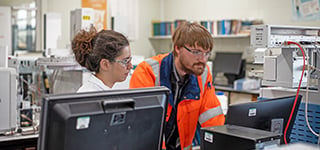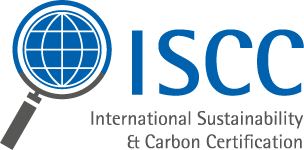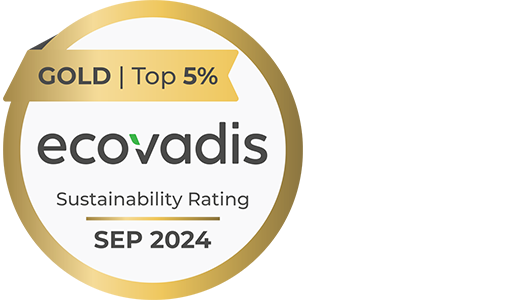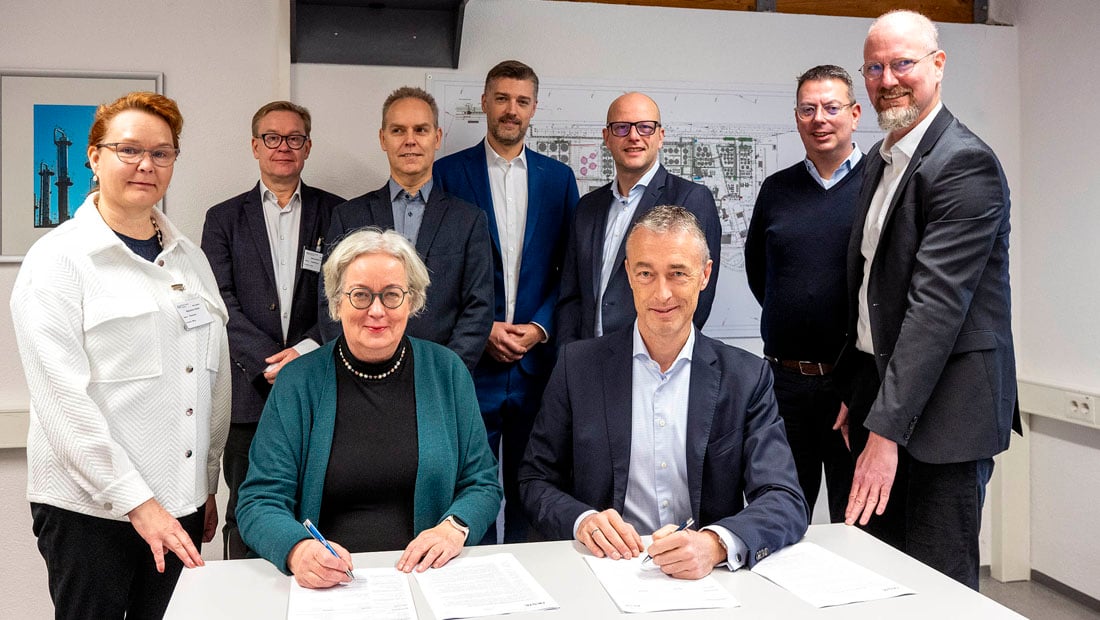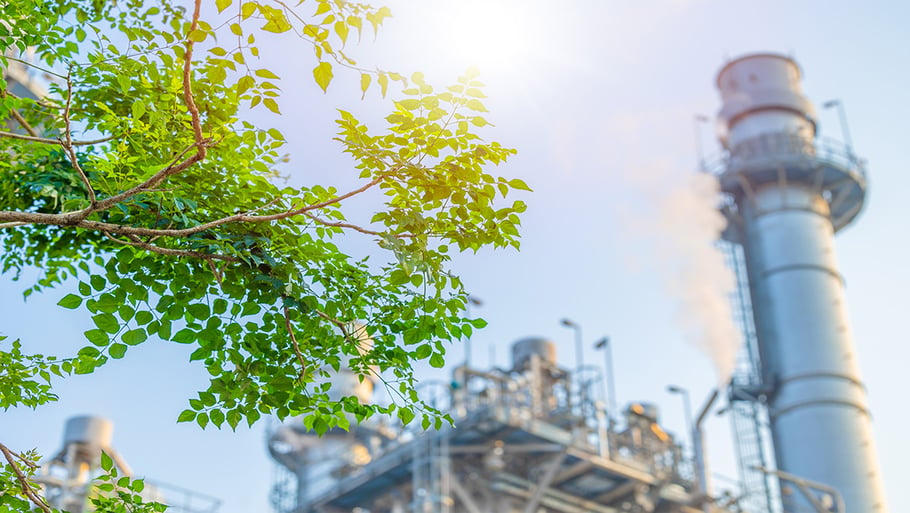
How can a liquid raw material be obtained from gas? The answer lies in the GTL (Gas-to-Liquid) process. By converting natural gas into liquid hydrocarbons, the GTL process is becoming an increasingly important technology across diverse industrial sectors. The process opens new perspectives for clean fuels, synthetic oil and versatile raw materials with high purity. GTL is considered a bridging technology: it connects traditional fossil products with sustainable alternatives.
GTL – simply explained: from natural gas to synthetic raw materials
The Gas-To-Liquid (GTL) process converts natural gas into synthetic liquid hydrocarbons through the Fischer-Tropsch method, transforming gaseous feedstock into high-quality fluids that serve as cleaner, more consistent alternatives to mineral oil-based products.
Advantages of GTL products:
- High purity: Near zero aromatic content, free of sulphur, and other undesirable components
-
Consistent quality: Synthetic production ensures uniform product properties, independent of raw material origin or variability
- Improved environmental performance: GTL products offer better biodegradability, lower toxicity and reduced VOC emissions than mineral oil equivalents.
- Versatility: Usable in the chemical, cosmetics and high-tech industries
These properties make GTL an alternative to mineral oil and an important bridging technology on the path to sustainable energy and raw material systems.
Good to know!
|
The technical backbone of GTL: the Fischer-Tropsch process
GTL is based on a proven technology: the Fischer-Tropsch process, which was developed back in the 1920s.
The GTL process steps:
1. Gas treatment:Natural gas is purified and converted into synthesis gas (syngas), a mixture of carbon monoxide and hydrogen.
2. Fischer-Tropsch synthesis:
Using catalysts, syngas is converted into liquid hydrocarbons.
3. Further processing:
The resulting liquids are refined and separated into various high-value fractions – such as synthetic base oils, clean fuels and specialty products.
What makes GTL special? The GTL process is highly controlled. It produces exceptionally pure and consistent products thereby offering a great advantage over conventional petroleum refining.
Where are GTL-based products used?
Thanks to their versatility, GTL-derived materials are used across a wide range of industries, especially where high purity, reliable quality and advanced technical performance are essential.
Typical areas of application for GTL raw materials are:
- Energy & Mobility: Clean fuels (diesel, kerosene, marine fuel) with lower emissions
- Chemical Industry: High-purity solvents and speciality chemicals
- Cosmetics & Personal Care: Skin-friendly oils and emollients that are odourless, colourless and non-greasy
- High-tech & Industry: Metalworking fluids, lubricants and speciality oils in electronics or precision machinery that require purity and stability.
FAQ: Frequently asked questions about GTL
|
We support our customers and partners on their path to greater sustainability:
Conclusion: GTL technology offers high-performance feedstock for demanding applications
The Gas-to-Liquids (GTL) process transforms natural gas into premium liquid hydrocarbons, combining advanced chemical engineering with broad industrial relevance. As a transitional technology, GTL plays a key role in moving from conventional mineral oils, derived from fossil resources, toward cleaner, more sustainable solutions.
Thanks to their exceptional purity, consistent quality and low-odour characteristics, GTL products are ideally suited for sensitive and high-performance applications: from sustainable fuels and chemical feedstocks to specialised uses in cosmetics and advanced manufacturing.
Stay informed with our Blog!Subscribe to our blog free of charge and benefit from regular information: |
Also interesting reading:





